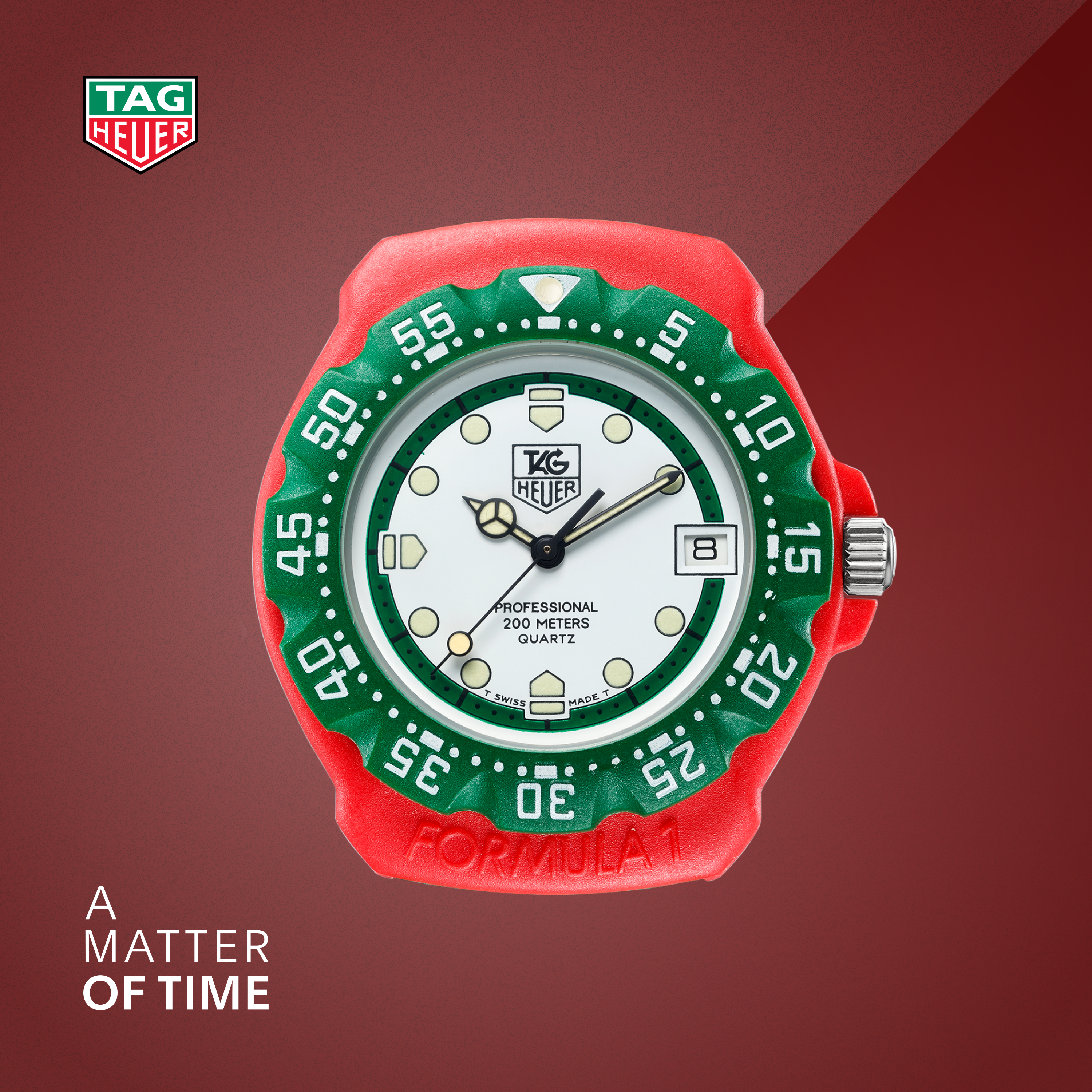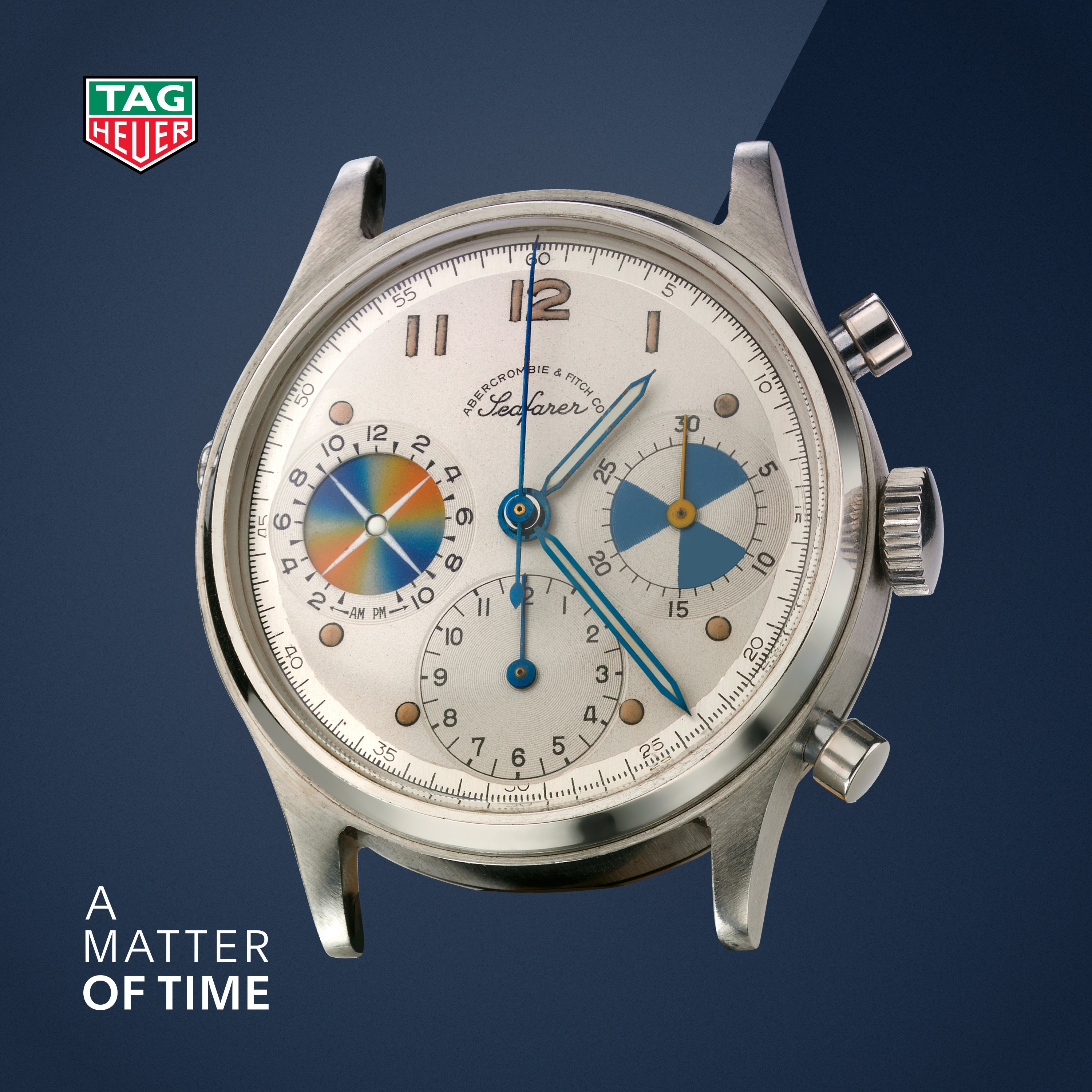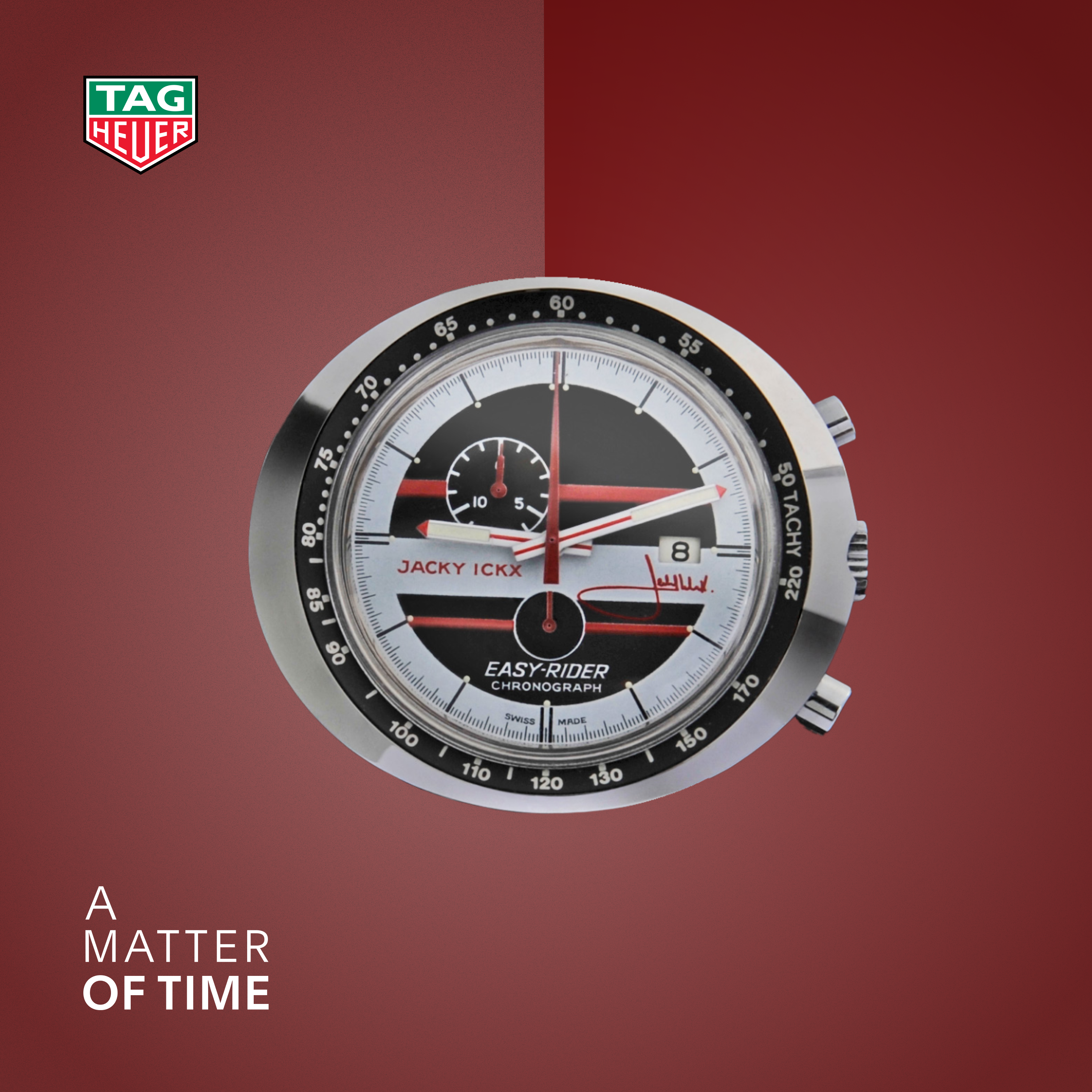Episode Transcript
Speaker 1 00:00:02 Welcome to a Matter of Time, a podcast by Tag Hoya. I'm your host, Nicholas Bebe, heritage director at Tag Hoya, and a lifelong enthusiast for fine Swiss watchmaking. In this second season of a matter of time, I'll be sharing with you the amazing history connecting tag Hoya to the ocean through sailing tide indicators, stopwatches. We have an incredible breadth of history that links us closely to the sea. To begin this story, we have to wind the clock back to the mid 1940s. During this period, Hoya was producing many watches for Abercrombie and Fitch. At the time, Abercrombie was one of the most prestigious sporting goods retailers internationally. Of course, today their reputation has changed somewhat. But during this time, if you were the president of the United States and you wanted to go on a hunting trip or an expedition, you would travel to Manhattan and make your pilgrimage to Madison Avenue and the Abercrombie and Fitch store to acquire every item that you might need. The president of Abercrombie during this period was gentleman named Water Haynes, a passionate fisherman. He understood the need for a watch that showed the tides
Speaker 0 00:01:24 Through
Speaker 1 00:01:24 The connection to Hoya, which were making a number of watches already for Abercrombie with their name on the dial. Walter wrote to the head of the business at the time, Charles Edar. This was the father of Jack. He'd been running the company for a number of years together with his brother Hubert, and we are very lucky today to have this original correspondence between Walter Haynes and Charles Edar discussing this incredible innovation that was a tide indicator. Walter had actually registered the patent himself in North America and done some rough approximation on the math.
Speaker 1 00:01:58 Now, just to explain a bit about how a tide indicator works, as the moon orbits the earth, his gravitational pull draws the oceans in the direction where the moon is currently located, and of course creates an opposite pool on the other side as the sea levels even out at the tangential angles to the position of the moon. As a result, a moon phase in a tide indicator are very closely related. In fact, the math is the same and Walter Walter had run the numbers for the patent filing, but when he wrote to Charles Edar, he considered the topic a bit further. Now, coming from water, he was interested in the tides for knowing to when was the best moment to set out on his sailing Expedit auditions. But Charles Edar, in fact, was a keen mushroom hunter, and he knew that during a full moon, the mushroom harvest was much better. As a result, he decided to push the math a little bit further to make the indicator as accurate as possible. Having raised the topic with his son Jack, Jack went to his school physics teacher and explained the problem. He was able to produce a more accurate calculation for the gear train, making the tide indicator even more accurate, utilizing the pattern of water. Haynes, combined with the manufacturing expertise of Hoya, led to the launch of the So Lunar in 1949.
Speaker 1 00:03:23 This was a revolutionary product, the first wristwatch with a permanent tide indicator. The range would be expanded to include the seafarer, which integrated the stopwatch function together with the tide indicator. The so lunar itself is a fascinating watch. Whilst, of course, we are known as a brand that produce chronograph complications, this was a time only watch with its tight indicator affix to the dial. Of course, being connected to the sea, the watch needed to be water resistant, so we see a screw down back and a larger crown to make winding easier and setting easier. When you are wearing gloves or when you are on a rough ocean,
Speaker 1 00:04:02 The dial is this beautiful Grier, uh, white finish, uh, slightly off-white, similar to the eggshell carreras, uh, that we see in the early reference 2 4 47. When we see the Abercrombie Fitch name on the Dow, it's in this fascinating arc that sits at the top of the Dow, and then we see the so lunar name in this lovely cursive script that we don't really see on any other products from Hoya during this period. It's the tide indicator itself. That's of course most interesting using a combination of yellow and blue, as well as these intersecting crosses to show the high and the low tides. It tries to make the indication as clear and visible as possible. And in fact, during the production of the So lunar, the design of the tide indicator will go through a number of different iterations in the quest to make it more and more legible.
Speaker 1 00:04:55 Now, when you look at the watch, there's one thing that's clearly very different from a standard time only watch. There's a large pusher located at nine o'clock, which allows the tight indicator to be set. Now, setting a tight indicator isn't necessarily so straightforward. You need to know where you are located geographically, and you need to know the times of the high and the low tides so that you can set the initial position. As long as the watch continues to be wound, it will maintain accurate indication of the tide indicator. Of course, in the 1940s and 1950s, there were no g p s indicators or you could log onto a website to find out exactly when the high and low tide was. So instead, you would listen to the radio broadcast telling you every day when the high and low tide would be in your location, or you can read it in your local newspaper, or of course you could go to the local sailors standing on the dock and they might be able to share that information with you. Following on from the, so Luna launching with Abercrombie and Fitch, there would also be a number of models made specifically for Hoya. Of course, the logo on the dial is different, and in fact the style of the print of the so lunar name changed as well to something that was a bit more Swiss, let's say, easier to read, uh, less flamboyant, but still equally beautiful.
Speaker 1 00:06:11 This was just the beginning of the story connecting Hoya Tag, Hoya and the Ocean altogether. And in the next episode, we're gonna dig a little bit deeper into the seafarer and how the tide indicator complimented the chronograph function to create an ultra functional watch for anyone making their livelihood close to the ocean. Thank you very much for listening to this first episode of a matter of Time. We do hope that you've enjoyed it. Please don't forget to leave us a review. We always love to read your feedback.


